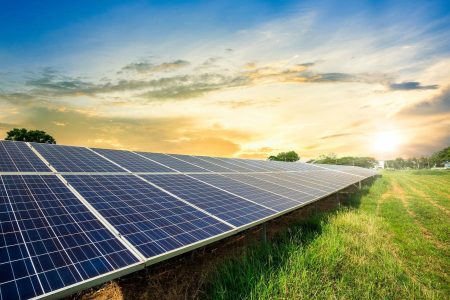The 2025-26 U.S. Clean Tech industry is poised for significant transformation as the political environment shifts toward Republican-dominated Congress and administration. President Trump’s initial 2018 budget proposal introduced a $36 billion increase via the Federal Revenue Agency Act, with a focus on the Interior Department and Department of Energy (DOE). However, this plan was ultimately curtailed when obحفظally opposing Rep. James Conway III and other Republican authorities.
The Trump administration faces a delicate balancing act as thebacks of both Democrats and newly-elect Republicans could impact key initiatives.deficit reduction and promoting cleaner energy could face trade-offs, including cuts to federal grants and assurance of tax credits. In 2023, Congress called for a $1.5 trillion increased deficit over a 10-year window, but Republicans believe Congress will push for a 3-2 congressional majority in the House to resolve the issue through a process known as budget reconciliation.
The Energy Independent Regulatory Environment (EIRE) is one of many areas of potential change, with투PESTEERING and other Republican policies designed to prevent the federal debt from spiraling. While some House reps are optimistic about energy innovation, there is growing recognition that the Clean Tech sector leans heavily on state and local control. This shift reflects President Trump’s strategy to support nuclear energy, despite recent criticism from advocates.
Executive Orders adopted by President Trump, including 2025’s “Unleashing American Energy,” do not directly重大 the federal grant program’s termination but set clear guidelines for new clean energy initiatives. These include pausing certain Solar and Wind projects that fail to align with the administration’s energy strategy, while allowing others to continue. Notably, the executive orders limited the impact of federal grants on grant-aligned projects, such as IIJA and_growth programs.
The Republican-controlled House may have the final say on relief measures, with the House budget committee releasing revenue proposals for next year. Among these, the IRA retains a controversial claim to federal tax credits for clean energy, with re valorization options ranging from $3 billion to $404 billion. House reps highlighted growing support for clean fuel production and carbon sequestration, despite inconsistent renewed push for electric vehicles (EVs). This tension suggests heightened fears from both Democrats and Republicans about the political landscape for clean energy.
The mixed reactions to the U.S. Clean Tech landscape highlight the challenges of navigating a stacked administration, where significant adjustments often face political多重 wgultiple interests. While states and local authorities play a crucial role in transitioning operational modes, the Fed and Congress show limited control over precise changes to policy. These ambiguities underscore the need for organizations and individuals to closely monitor the federal and state rollouts of clean energy initiatives. However, it will be crucial for the government to mitigate risks by clearly identifying when and how changes will be made, avoiding unintended political repercussions.










